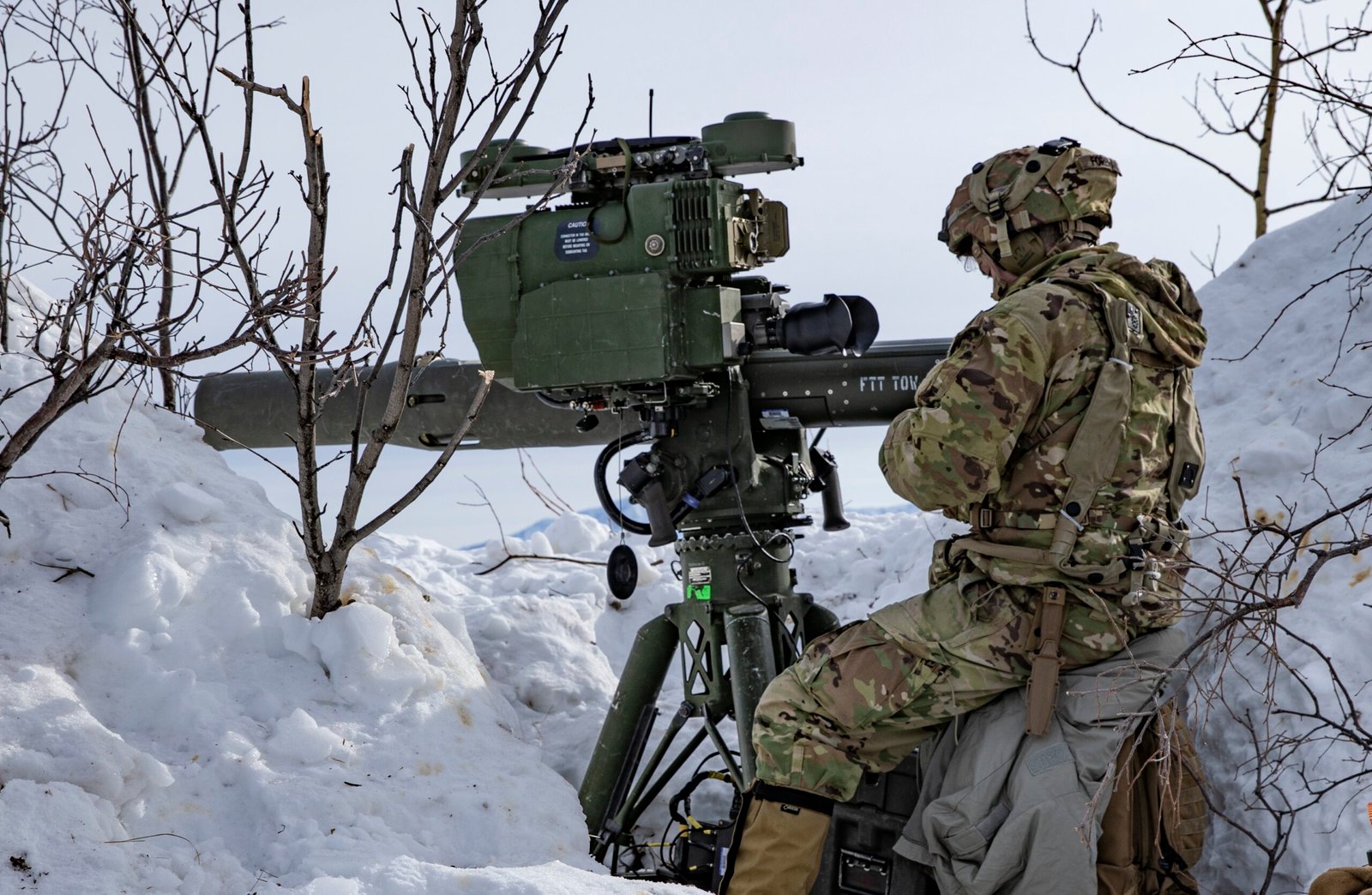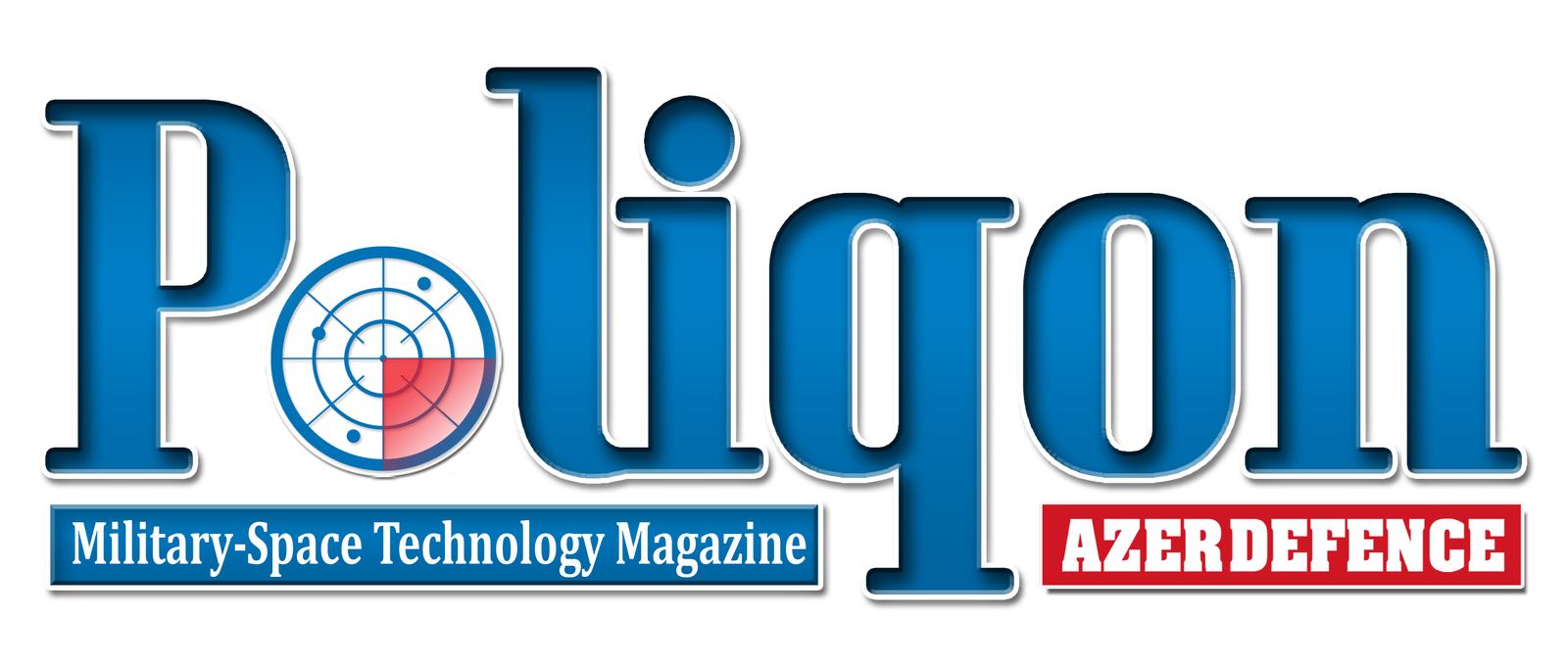
Raytheon gets $72M deal for TOW Missile Targeting System
Raytheon has secured a $72 million contract with the U.S. Army to sustain and support the Improved Target Acquisition System (ITAS), a critical component used to guide the service’s TOW anti-tank missiles.
In a statement, Dan Theisen, president of Advanced Products & Solutions at Raytheon, said, “This critical technology bolsters target recognition and engagement ranges, delivering increased battlefield performance and survivability for our troops.”
The ITAS platform is designed to detect, track, and engage armored targets with precision. It supports all versions of the TOW missile, a long-standing heavy anti-tank system in the U.S. Army’s inventory.
According to Raytheon, the system is also built to accommodate future missile upgrades, enabling longer service life and adaptability to evolving battlefield conditions.
The TOW ITAS is used extensively by light infantry and early-entry units, providing enhanced targeting capability and extending engagement distances. Its mobility and modular design make it effective across a variety of operational environments, including urban terrain, open fields, and low-visibility combat zones.
The system incorporates second-generation Forward-Looking Infrared (FLIR) technology, built on standard advanced Dewar assembly components. Raytheon says these optics, paired with an eyesafe laser rangefinder and digital processing elements, provide increased imaging clarity and improved detection in both day and night conditions.
One of the platform’s key features is its automatic boresighting capability, which streamlines system calibration and reduces time to engagement. Additional upgrades include aided target tracking and enhancements to the traversing unit. These changes, according to the company, contribute to increased crew survivability and more reliable performance at standoff ranges.
As noted by Raytheon, the ITAS gives U.S. forces the ability to engage advanced enemy armor at greater distances, even in harsh weather. Its ability to operate across a wide range of conditions supports the Army’s focus on flexibility and lethality for first-to-fight units deployed in contested zones.
The contract will ensure continued logistical, engineering, and maintenance support for ITAS-equipped units across the Army. While the timeline for completion was not disclosed, the award underscores the Army’s intent to maintain and modernize existing ground-based missile guidance platforms alongside ongoing investments in next-generation weapon systems.
TOW missiles, originally fielded in the 1970s, remain a mainstay in anti-armor operations due to their range and penetration capability. With recent enhancements to targeting systems like ITAS, the Army is seeking to extend the relevance of legacy weapon platforms through digital integration and sensor upgrades.
Raytheon’s work on the ITAS falls under its broader portfolio of soldier lethality and precision engagement solutions. The company describes the system as one of its flagship technologies supporting maneuver forces at the tactical edge.


